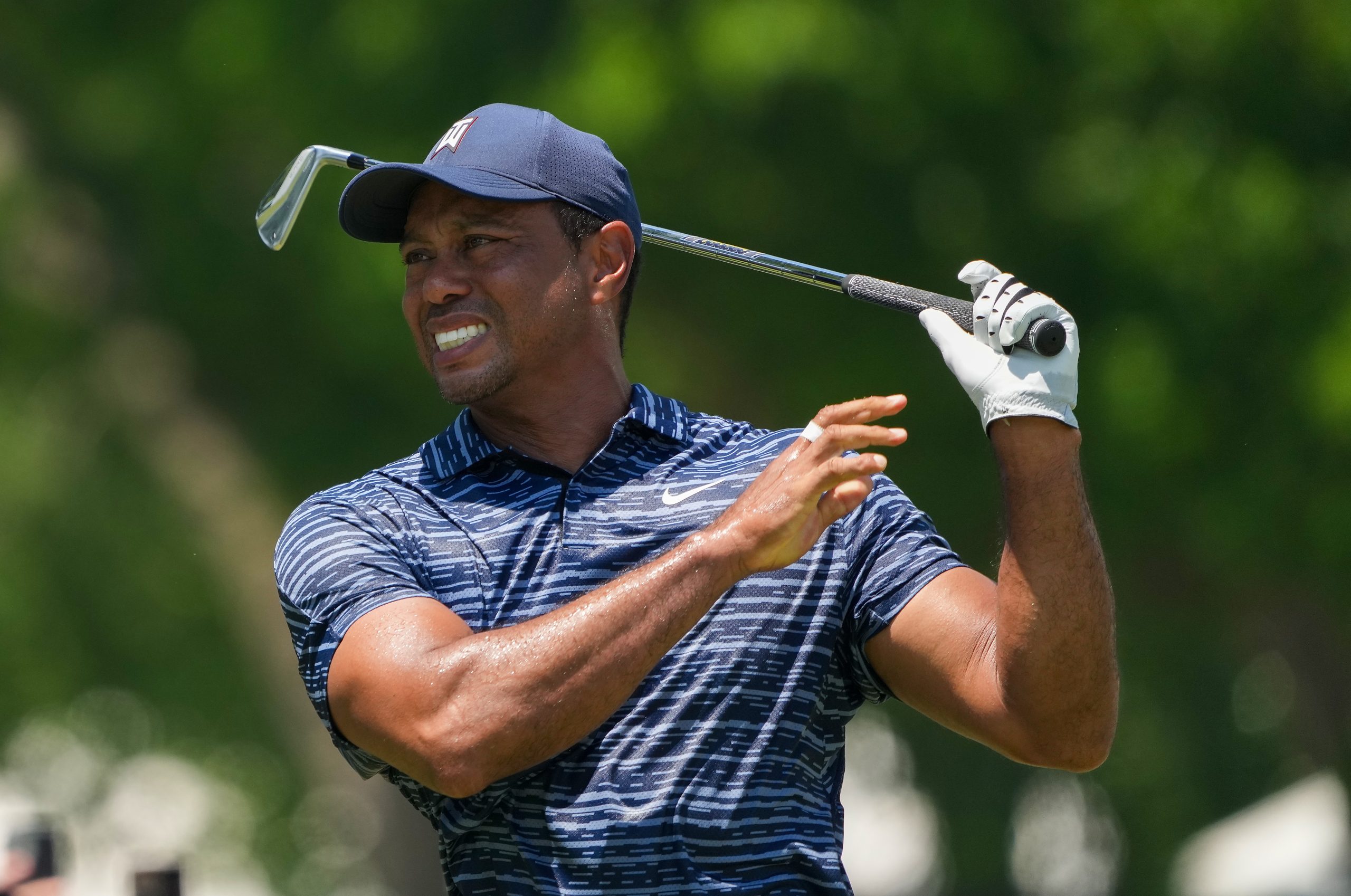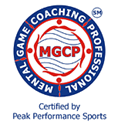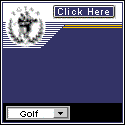Let me begin by saying I am not a golfer. I played a few times when I was younger and loved it. And because I loved it, I decided not to pursue it. Huh? Yes, that’s right, I didn’t pursue it because I knew I’d quickly get hooked on golf the way everyone who plays the game gets hooked, overcrowding my already too-busy life.
Although I don’t play golf, I am familiar with the movements involved and the implications for causing injuries. Let me add that people who don’t play golf are surprised to learn that a sport that seems to be nothing more than hitting a little ball with a stick, then jumping in a cart and riding down the fairway, is not completely safe. Looks can be deceiving.
Why you should warm up and stretch before golf
Golf is a unique sport in many ways. One way is that golfers regularly perform a maximal effort without proper warmup. A sprinter would never crouch down in the starting blocks and explode with powerful strides without a thorough warmup that includes light jogging, then progressively more intense running to elevate the temperature of working muscles and joints, followed by stretching exercises. Such warmups are sacred in virtually every sporting endeavor, except golf.
Gary Woodland stretches on the no. 1 fairway during the second round of The 2023 Masters golf tournament. Mandatory Credit: Rob Schumacher-USA TODAY Network
Golfers may drive several practice balls and assume they are warmed up before moving on to the first tee. But it’s not enough and quite different from a physiologic warmup that prepares the muscles, joints, and fragile connective tissues surrounding joints for the powerful challenge of driving a golf ball as far as possible.
Picture this. A golfer who has not warmed up properly addresses the ball, rears back, elevates the arms, then swings with powerful muscular contractions that create tremendous momentum and force, plus all the while twisting the lower back. It’s the perfect formula for potential injury to the lower back, but also to the shoulders, elbows, wrists, and knees.
Is a chiropractor a good option if you have back pain?
Years ago, I had a friend I will call Joe who was an avid golfer. Like many, Joe complained of lower back pain, and like most, he never bothered to properly warm up. Eventually, the pain got bad enough to disrupt his golf game and he begrudgingly decided to visit an orthopedic surgeon for treatment. After a few visits, his back was a little better, but not enough to resume golfing. Frustrated, he told the doctor he wanted to do more to speed his recovery and he asked about supplementing his treatment with visits to a chiropractor.
Joe’s attitude was the more treatment options the better, a philosophy I wholeheartedly endorse. In fact, with our narrow “silo-oriented” medical model, how often do we sell patients short by not reaching out to all options. Anyway, Joe’s doctor was obviously offended at the notion that a chiropractor could help, and he told him: “Get up there on the examining table, lay down and I’ll show you what you’ll get from a chiropractor.” Joe did as he was told, and the doctor proceeded to “adjust” his lower back. “There!” said the doctor, “That’s all you’ll get.”
Jason Day stretches with the assistance of a trainer on the 2nd tee during the first round of the Masters golf tournament at Augusta National Golf Club. (Michael Madrid-USA TODAY Sports)
Joe got down from the table and didn’t say a word as he left the office and immediately made an appointment with a chiropractor. Later he told me: “That adjustment was the real deal and my lower back felt much better than it had in months.”
The point of this story is that the patient is best served by communication and cooperation among all medical professionals.
Why are overuse injuries and how can you prevent them?
Some orthopedic injuries can be like stretching a rubber band. Stretch it every day and all is well, and you keep repeating the same thing over and over, assuming you are getting away with it. But if each stretch imposes a cumulative wear and tear toll on the rubber band, eventually you reach a breaking point, and the band snaps.
Even if you warm up properly, you still can be at risk of overuse injuries, especially if you are not fit, strong, and flexible. Overuse injuries often involve subtle microscopic trauma, tiny tears in connective tissue that are not noticeable, and you keep going. The problem is the progressive nature of an overuse injury, and the fact that it doesn’t capture your attention until it is advanced and pain appears.
Fred Couples stretches with his club while playing pro-am golf ahead of the Sanford International at the Minnehaha Country Club in Sioux Falls.
Here are some things to look for. First, discomfort when starting the activity, but it goes away as you continue. Second, perhaps after going away, discomfort reappears later. Third, is a progressive increase in the intensity of discomfort, and fourth, discomfort all the time during everyday activities. To cope, it’s common to wear a brace and take an over-the-counter med to dampen inflammation and pain. Then as things worsen you progress to a more powerful prescription medication. And finally, if you keep going, you find yourself on the sidelines with a full-blown injury.
Overuse injuries are not restricted to golf. However, in other sports there is greater emphasis on training the body to cope with the stresses imposed by the activity. Imagine a football player who never trains prior to walking out on the playing field. No running, no weight training, no flexibility exercise. It would be a disaster.
Until Tiger Woods came along and ushered in the era of the athlete golfer, a six-pack to many professional golfers was something you drank, not what your abs looked like. Today, pro golfers train for strength, muscular endurance, and flexibility. They also know the value of an effective warmup. Unfortunately, as in any sport, including golf, injuries can still occur despite being fit and strong. Tiger has had more than his share, compounded by a serious automobile accident. Even so, warming up properly and adequate training slants the odds in your favor.
Reach Bryant Stamford, a professor of kinesiology and integrative physiology at Hanover College, at stamford@hanover.edu.








